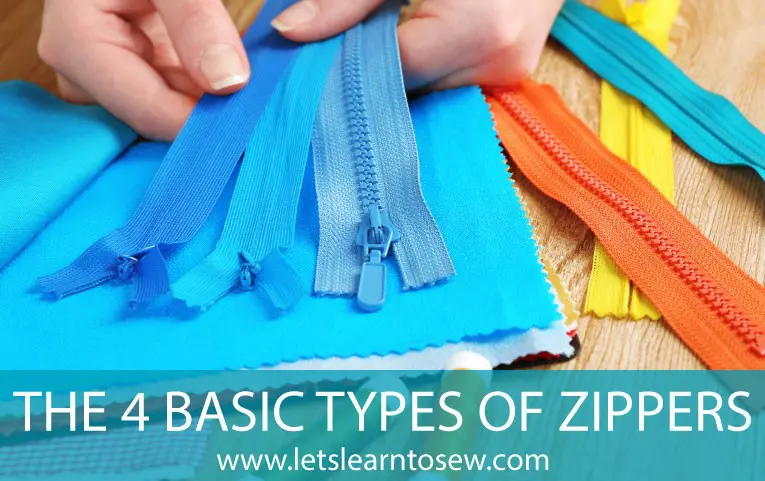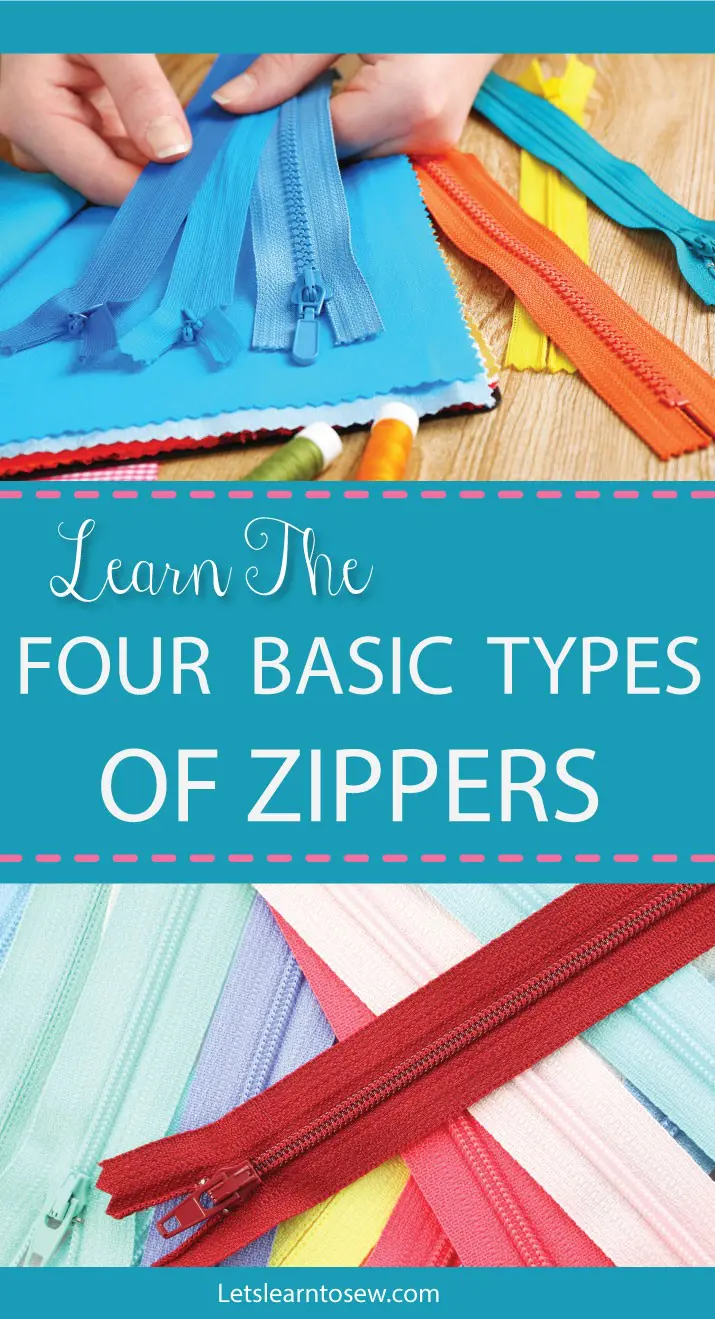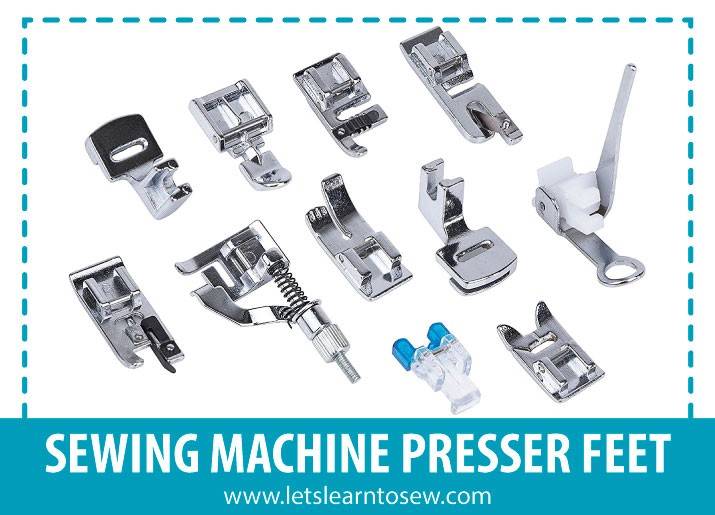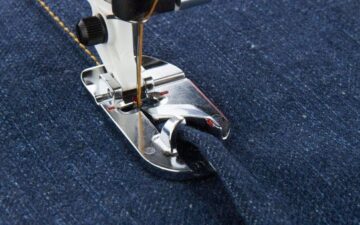Zippers may look daunting at first, but don't worry! With a few tips and tricks and a zipper foot, they're really simple to sew. When choosing the most appropriate zipper application, keep your design in mind. Each of these applications looks a little different from the outside because some have visible topstitching while others don't. Typically in skirts, zippers are located on the left side or the center back. In pants, depending on the style it can be in the front, back or either side. Choose the location based on your desired look or the pattern instructions. Let's go ahead and take a closer look at each one of the four types of zippers.
Centered Zipper
A centered zipper application is the most common and has stitching visible on the right side of the garment. Use a regular or narrow zipper foot. A ½" or ⅝" wide seam allowance is adequate. You can use the machine foot as guide to sewing in a zipper, but for a really crisp finish, draw in the stitching lines first. Draw one on either side of the seam allowance, ¼" in from the seam, and the third across the base opening, where the zipper stop is.
Invisible Zipper
An invisible zipper is not visible from the right side; all you see is the seam. There are special presser feet made for installing invisible zippers. The invisible zipper foot isn't absolutely necessary to install the zipper but it does make the job a lot easier! The coils of an invisible zipper curl back on themselves, so the zipper needs to be pressed before it is sewn in place. This zipper is installed in an understitch seam.
Lapped Zipper
A lapped zipper application uses a traditional zipper; however, the zipper is hidden with a lap of fabric that is topstitched in place. Use a regular or narrow zipper foot. This is the application we'll be using in our first skirt. You'll find detailed instructions for inserting a lapped zipper here.
Exposed Zipper
An exposed zipper application displays the zipper on the right side of the garment. These are zippers available with satin tape, metallic tape, and even multicolored teth. Feature these unique notions on projects or garments you want to stand out. If the fabric is lightweight, fuse interfacing to the wrong side of the zipper opening.
Do you have a preferred zipper application? I'd love to hear about it in the comments section or let me know in the private Facebook group.











Leave a Reply